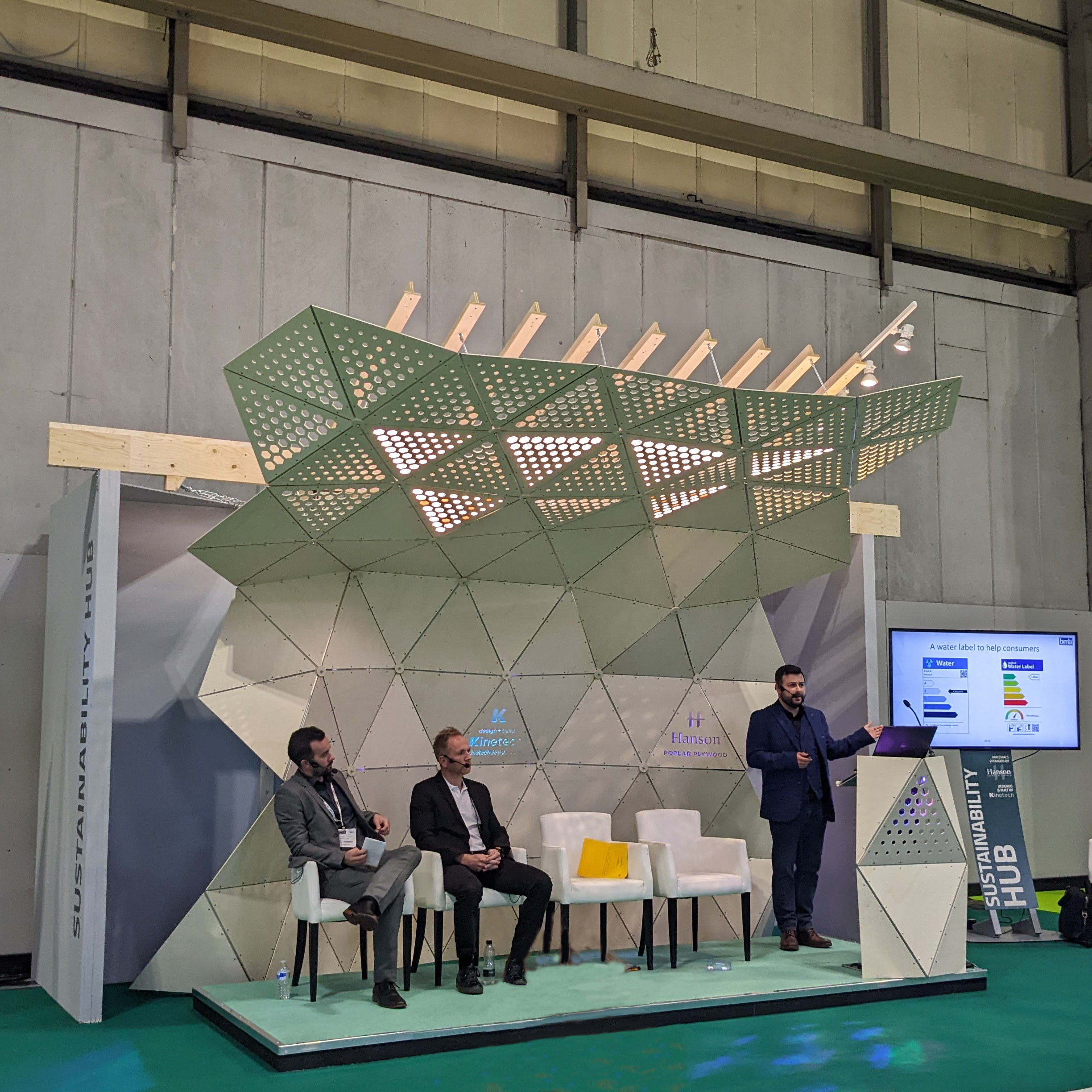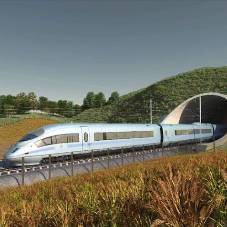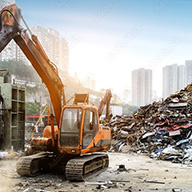As with most markets within the construction industry the Heating, Ventilation and Air Conditioning (HVAC) market is feeling the pressure to become energy-efficient.
Sustainability is becoming much more than an industry trend, it is now becoming a way of life. But how is the HVAC market changing to accommodate this? How is new, greener, technology benefitting the industry?
We count down the top 8 ways to ensure your HVAC system is sustainable.
1. Geothermal energy
Geothermal heating and systems take their energy from the Earth. Deep down inside our planet are streams of hot water and steam, the deeper underground you go the hotter it will get. Even just a few feet below the surface water temperature remains around 5 to 26 degrees Celsius (depending on location).
Geothermal technology takes this heat and turns it into energy which can then be used to heat or cool any building. Heat pumps are installed in the ground near the building that then use the constant temperature to heat or cool the building. The liquid inside the pumps absorbs the heat in the ground to heat the building in the winter and vice versa in the summer.
2. Solar power
Solar power has become old news in terms of energy-efficiency, but, if it isn’t, broken don’t fix it! Solar power works in two ways. The way we think when we think of solar power with roof panels etc., and with passive solar power.
Passive solar technology uses a buildings walls, windows, roofs and floor to collect the sun’s energy. For example, direct gain systems use the sunlight that passes through windows and convert it to thermal energy which the walls and floor then store as heat energy. If the temperature of the room drops the heat energy will radiate in to the space, keeping it warm.
Similarly, pipes can also be stored in the walls of buildings. Once the walls are warmed by the sun the water in the pipes will store that heat energy which can then be pumped throughout the building.
3. Hydronic heating
Hydronic heating is even older news than solar power (believe it or not). We’ve got one word for you, radiators. In modern terms though, hydronic heating systems use hot water that is piped through tubes installed under floorboards, through radiators or along baseboards.
Boilers can be powered by solar power (the panel kind) or a heat pump. Heat is transferred via conduction, convection and radiation. This is how underfloor heating works!
4. Ice-powered air conditioning
A recent technology has been developed that will convert water to ice which can then be used to run an air conditioning unit. The air-con units convert the ice during the night and use it to cool the building during the day, decreasing electricity bills!
The units freeze the water through a system of copper coils. The ice is then stored. As the temperature of the building rises the ice cools the hot refrigerant and cuts energy usage by about 30%.
5. Wind power
Now, we’re not suggesting you install a giant wind farm or turbine outside your home or office building, small turbines can produce enough power to run a water heater.
Students at Oregon State University proved this in 2006 by creating a turbine that rotates a number of magnets attached to a metal plate, those magnets will spin close to a copper plate. The resistance of the magnets will warm the plate. As the plate warms water is pumped through copper coil tubing on the back of the plate. This water can then be pumped throughout the building.
6. DeVAP
The Desiccant-Enhanced Evaporative Air Conditioner (DeVAP) is a new HVAC technology that combines the cooling power of evaporation with the dehumidifying power of liquefied desiccants – that stuff in those packets you get in shoe boxes. This combination forms a cost-effective air conditioner.
So new that it’s not on the market yet, the prototypes have demonstrated a 90% reduction in energy use.
7. Smart thermostats
HVAC combined with Home Automation (check out our Home Automation hub here)! Smart thermostats can connect with smartphones and tablets to allow homeowners and facilities managers to control their HVAC systems remotely.
You can set them to adjust automatically, and specify personal preferences. They can also notify you of maintenance issues and reduce and monitor energy-consumption.
8. Digital ceilings
A phenomenon manufactured by Cisco, this system has been dubbed the future of building automation. Ceilings are fitted with a variety of sensors which can detect motion, occupancy, temperature and even carbon dioxide levels. The can control a building’s lighting, security and HVAC systems.
The sensors can learn the daily habits of a building’s occupants and automatically adjust air and light settings.
For more information check out our HVAC and Energy product hub.
Related Blog Articles










